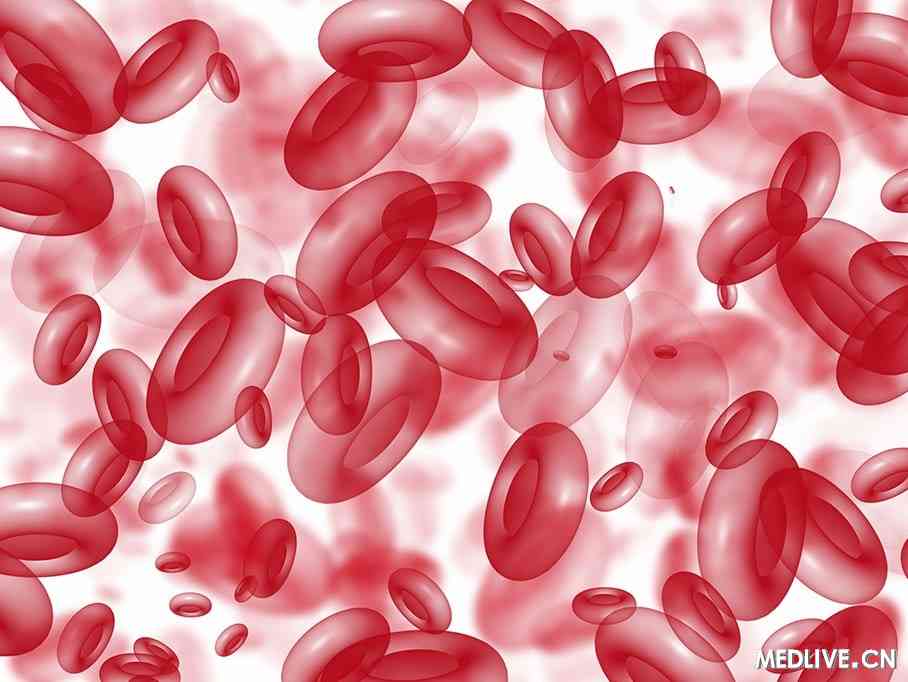Nature:细胞重编程技术校正缺陷染色体
美国科学家们通过细胞重编程技术(iPS),使正常染色体成功替代环状染色体,校正了大规模的染色体缺陷。这样的新技术有望用来治疗,因染色体异常引起的先天畸形、智力障碍和生长迟缓。相关文章发表于2014年1月12日的《Nature》杂志上,文章的通讯作者包括iPS技术的创始人山中伸弥(Shinya Yamanaka),他因这一技术赢得了2012年的诺贝尔医学奖。

Nature:细胞重编程技术校正缺陷染色体
“未来也许可以通过这一途径,对携带染色体缺陷的患者细胞进行重编程,使正常染色体替代缺陷型染色体,让细胞恢复正常,”文章的另一位资深作者,Case western Reserve大学的Anthony Wynshaw-Boris教授说。
环状染色体会引起多种先天性缺陷,不过由于细胞分裂出现问题,几乎所有的携带者都身材矮小。正常的染色体是末端受到保护的线性结构,而环状染色体的两端发生融合形成环状。这样的融合可能与染色体发生大范围的末端缺失有关,如果缺失的是细胞正常功能所需的基因,就会导致功能丧失型的疾病。
在此之前,人们一直未能找到有效解决染色体大规模缺失的办法。现在研究人员发现,在对患者细胞进行iPS重编程时,正常功能的染色体能够替代缺陷型染色体。他们将三位Miller Dieker综合症患者的皮肤细胞诱导成iPSC(诱导多能干细胞),这一疾病是由17号染色体一端发生大规模缺失造成的,这种缺陷会影响患者的大脑发育。
这三位Miller Dieker综合症患者中,有一位携带环状染色体,另外两位的17号染色体没有成环。不过,三位患者都拥有一个正常的17号染色体。研究显示,环化的17号染色体在重编程之后彻底消失,被正常17号染色体的拷贝取代。而未成环的缺陷型染色体在重编程后依然存在。研究人员又对两个环状13号染色体携带者的细胞进行重编程,结果是细胞抛弃了环状染色体,选择了正常13号染色体的拷贝。这说明,重编程的校正能力,并不是环状17号染色体所独有的。
“研究显示,重编程时细胞的快速持续分裂,会使环状染色体丢失,”山中伸弥说。“而正常染色体的复制可以校正这一缺陷。”
“这样的事件在干细胞中以一定的频率发生,”文章的共同第一作者,Marina Bershteyn博士解释道。“其他方法难以校正染色体中的大规模缺陷,而我们的技术为此提供了可能。”
“可以建立一个环将染色体缺陷包括在内,再利用细胞重编程将其丢弃,理论上可以由此校正染色体缺陷,”Wynshaw-Boris教授说。“环状染色体很罕见,不过染色体异常就普遍得多,这些异常会引起许多严重的先天性缺陷。目前,我们的技术还只能在体外培养的细胞中进行染色体治疗,还不能直接用于人体。不过,这一技术可以用于再生医学领域,对具有相关染色体异常的患者进行组织修复。”
原文摘要:
Cell-autonomous correction of ring chromosomes in human induced pluripotent stem cells
Marina Bershteyn, Yohei Hayashi, Guillaume Desachy, Edward C. Hsiao, Salma Sami,Kathryn M. Tsang, Lauren A. Weiss, Arnold R. Kriegstein, Shinya Yamanaka & Anthony Wynshaw-Boris
Ring chromosomes are structural aberrations commonly associated with birth defects, mental disabilities and growth retardation1, 2. Rings form after fusion of the long and short arms of a chromosome, and are sometimes associated with large terminal deletions2. Owing to the severity of these large aberrations that can affect multiple contiguous genes, no possible therapeutic strategies for ring chromosome disorders have been proposed. During cell division, ring chromosomes can exhibit unstable behaviour leading to continuous production of aneuploid progeny with low viability and high cellular death rate. The overall consequences of this chromosomal instability have been largely unexplored in experimental model systems. Here we generated human induced pluripotent stem cells (iPSCs) from patient fibroblasts containing ring chromosomes with large deletions and found that reprogrammed cells lost the abnormal chromosome and duplicated the wild-type homologue through the compensatory uniparental disomy (UPD) mechanism. The karyotypically normal iPSCs with isodisomy for the corrected chromosome outgrew co-existing aneuploid populations, enabling rapid and efficient isolation of patient-derived iPSCs devoid of the original chromosomal aberration. Our results suggest a fundamentally different function for cellular reprogramming as a means of ‘chromosome therapy’ to reverse combined loss-of-function across many genes in cells with large-scale aberrations involving ring structures. In addition, our work provides an experimentally tractable human cellular system for studying mechanisms of chromosomal number control, which is of critical relevance to human development and disease.

